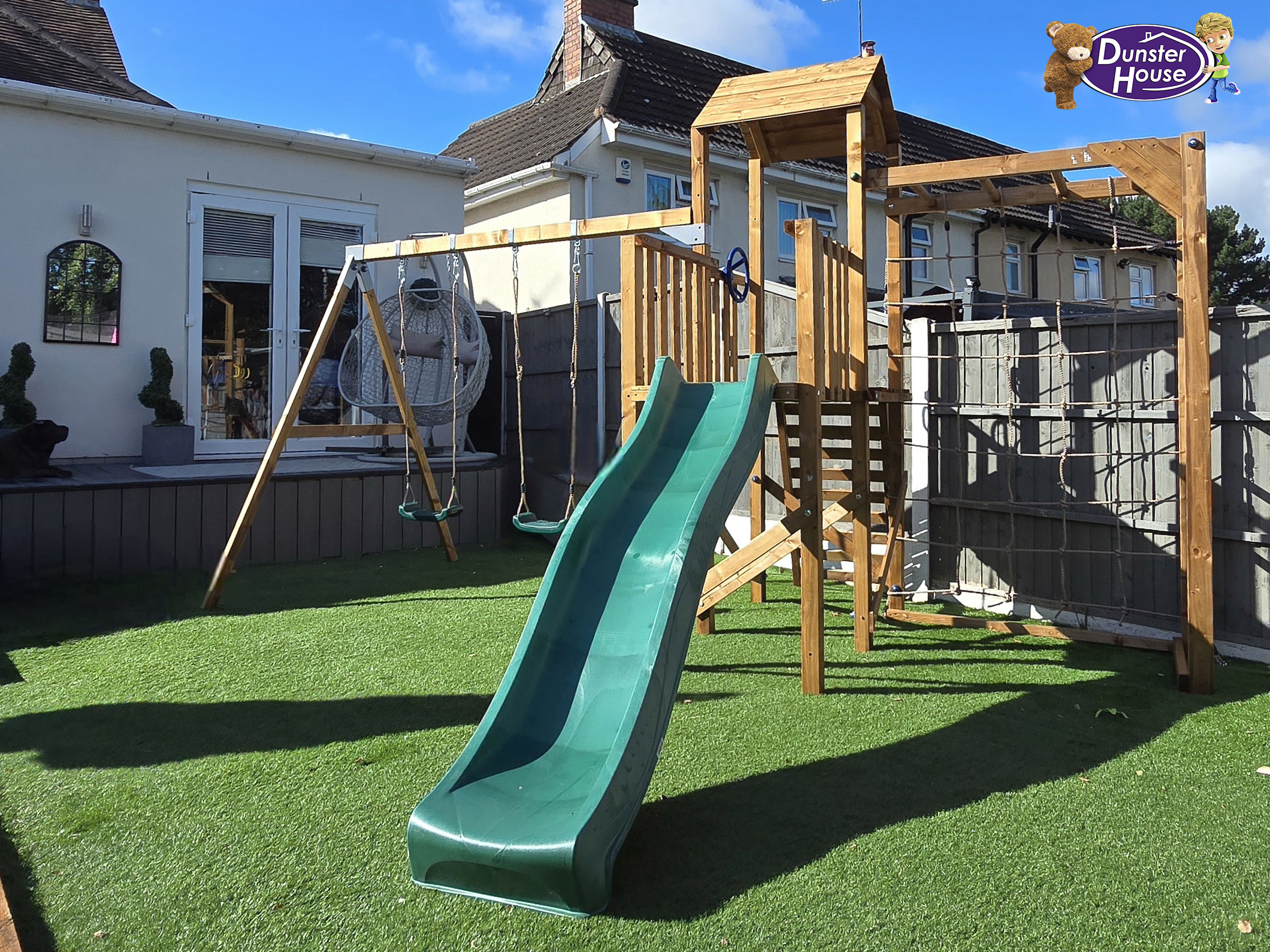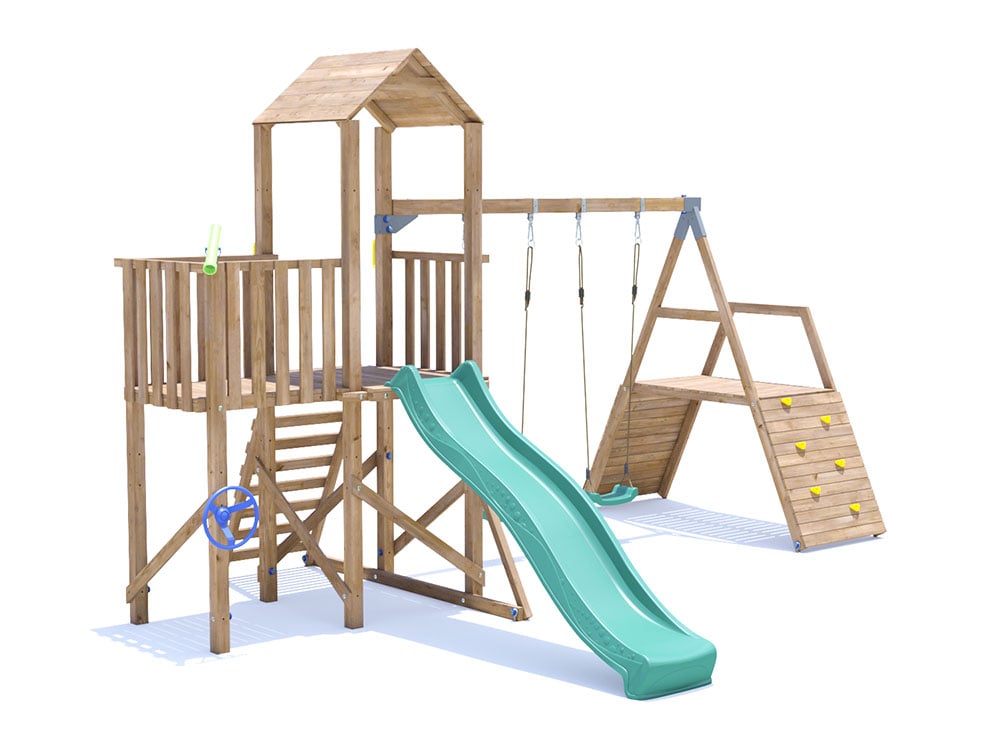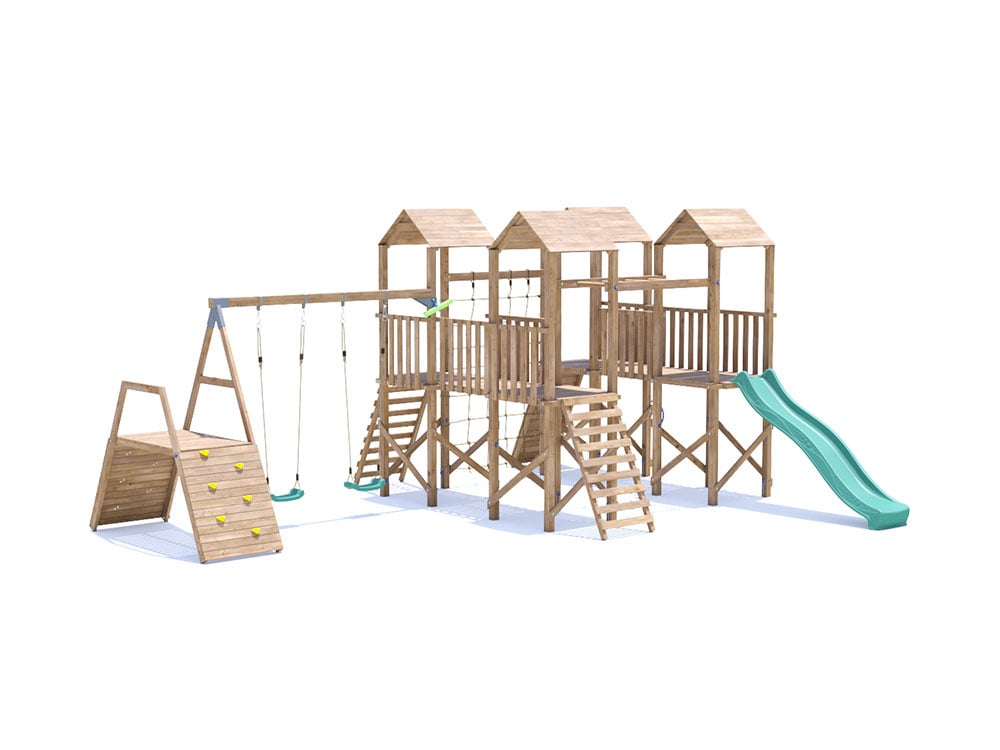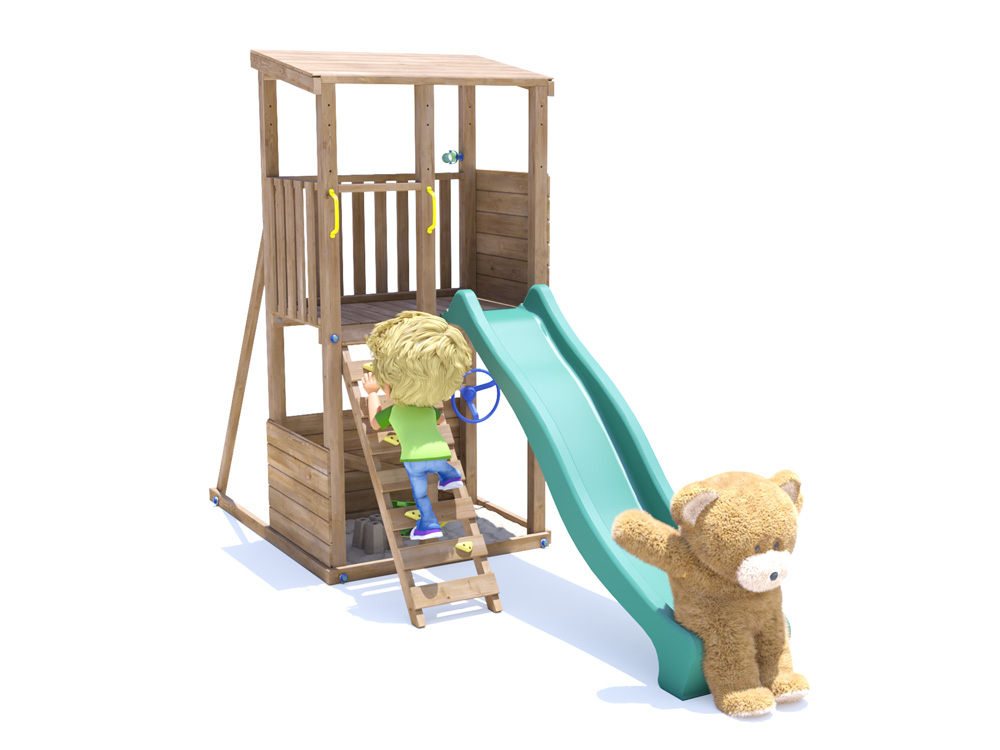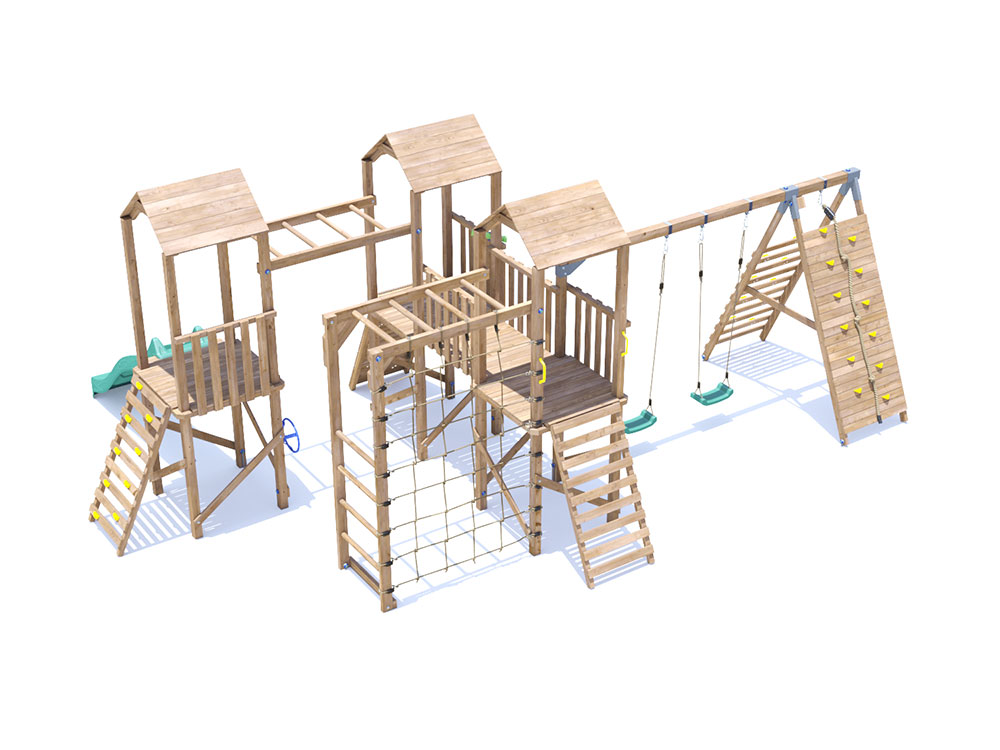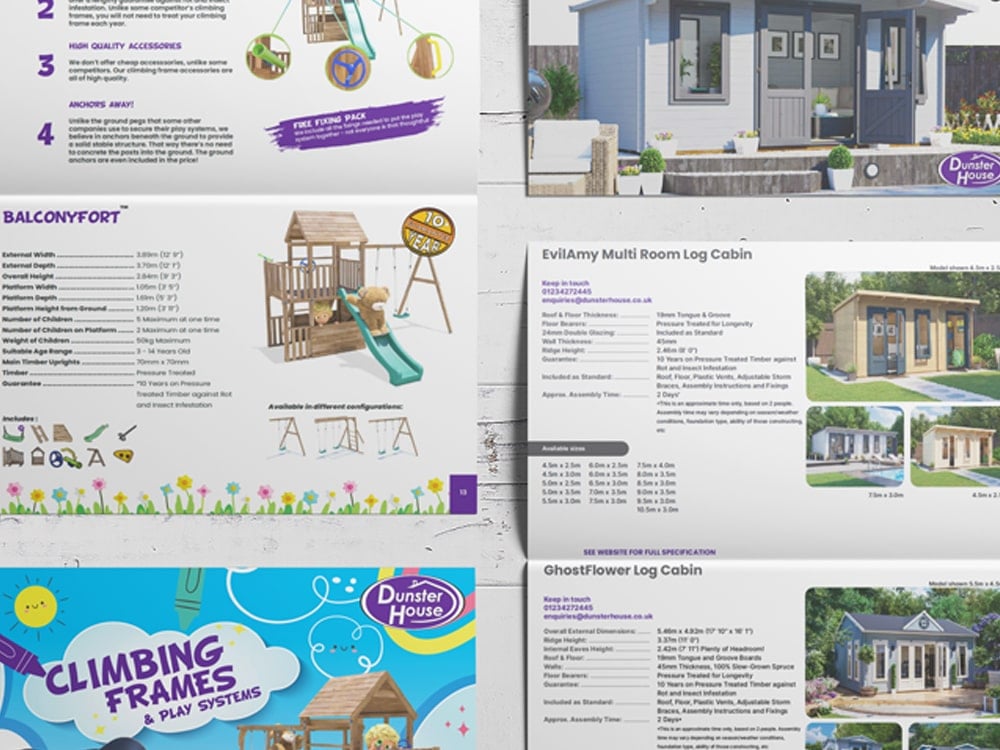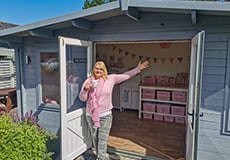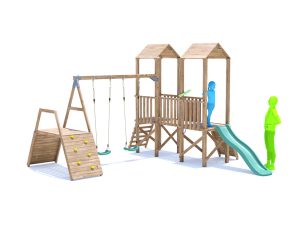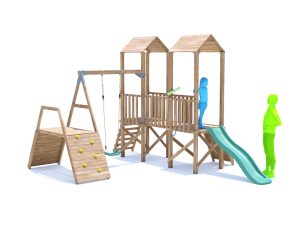As a child, there’s nothing better than playing in the garden – from building fortresses to exploring the ‘jungle’ and heading on ‘safari.’ Outside space is a place where children can let their imaginations run wild and get fit in the process.
Whilst we all remember the games we used to play as a child, it’s less common knowledge that these games all fit into one or more of the four styles of play: imaginative play, social play, constructive play and physical play. Each of these styles involves different ways of playing and have their own unique benefits for your child’s development. We consider the different play styles and which of our climbing frames are most likely to encourage them.

Imaginative Play
From playing doctors and nurses to pirates and warriors, imaginative play is any game which involves children pretending to be someone else. This type of play teaches kids a surprising amount about the world around them, getting them to act out and understand the things they see, as well as helping them to develop their imagination.
Recommended Climbing Frame
With its fort-like appearance and exit slide, the Balconyfort is the perfect climbing frame to get their imaginations going into overdrive. Let your children play warriors and defend their fortress from the rampaging hordes. We’d fire imaginary arrows out of the slits and use the trusty exit chute if things got out of hand. The included telescope and steering wheel provide endless opportunities for the imagination to run wild and create all sorts of stories.
Social Play
Any time children play together they’re engaging in social play. Social play is incredibly important for learning about how to interact and developing social skills. It’s more than just having fun – they’re learning how to share, take turns, co-operate and resolve quarrels.
Our climbing frames provide kids with their own space, making it the perfect place for them to engage in social play. With room the capacity for up to 15 children at one time there’s plenty of room for everyone to play! The two included swings also allow children to play together but if you want to take it that step further how about the duoseat swing?
Constructive Play
Constructive play occurs anytime that your child builds something from the objects around them – whether it’s from Lego or sand. This type of play teaches kids to figure out how things can work together and to manipulate the world around them. It also helps them brush up on their problem-solving skills and hand-eye coordination.
Recommended Climbing Frame
If you want to encourage your child to engage in constructive play, our SquirrelFort range is a great choice. It will provide hours of sandcastle making fun in the integrated sand pit underneath the tower. Build a sandcastle city and then pretend to be Godzilla and knock it all down. Just because you can. Or host a competition to see who can build the best castle, get your friends and family to judge. After all that hard work building, let off steam by playing on the swings, slide, or monkey bars.
Physical Play
Children have bags of energy and need to engage in physical play every single day. Physical play is anything that gets them moving, whether it be running, jumping, climbing or skipping. This type of play is great exercise and it helps them to develop their coordination and motor skills. Investing in a climbing frame that encourages this type of play is a great way to keep them active.
Recommended Climbing Frame
Our ChallengeFort has a slide, a rock climbing wall, monkey bars, swings and climbing net, to encourage physical play. Let your children secretly practise the monkey bars until they’re unbeatable and then challenge their friends to a competition (whilst obviously pretending that they’d never practised at all). Not only will they be happy with the sounds of amazement around them, but they will be keeping active all the time.
Investing in one of our climbing frames is a great way to encourage the four styles of play. Not only are they great fun but they can have major benefits for children’s development too. Remember to always encourage safe play and supervise small children.


